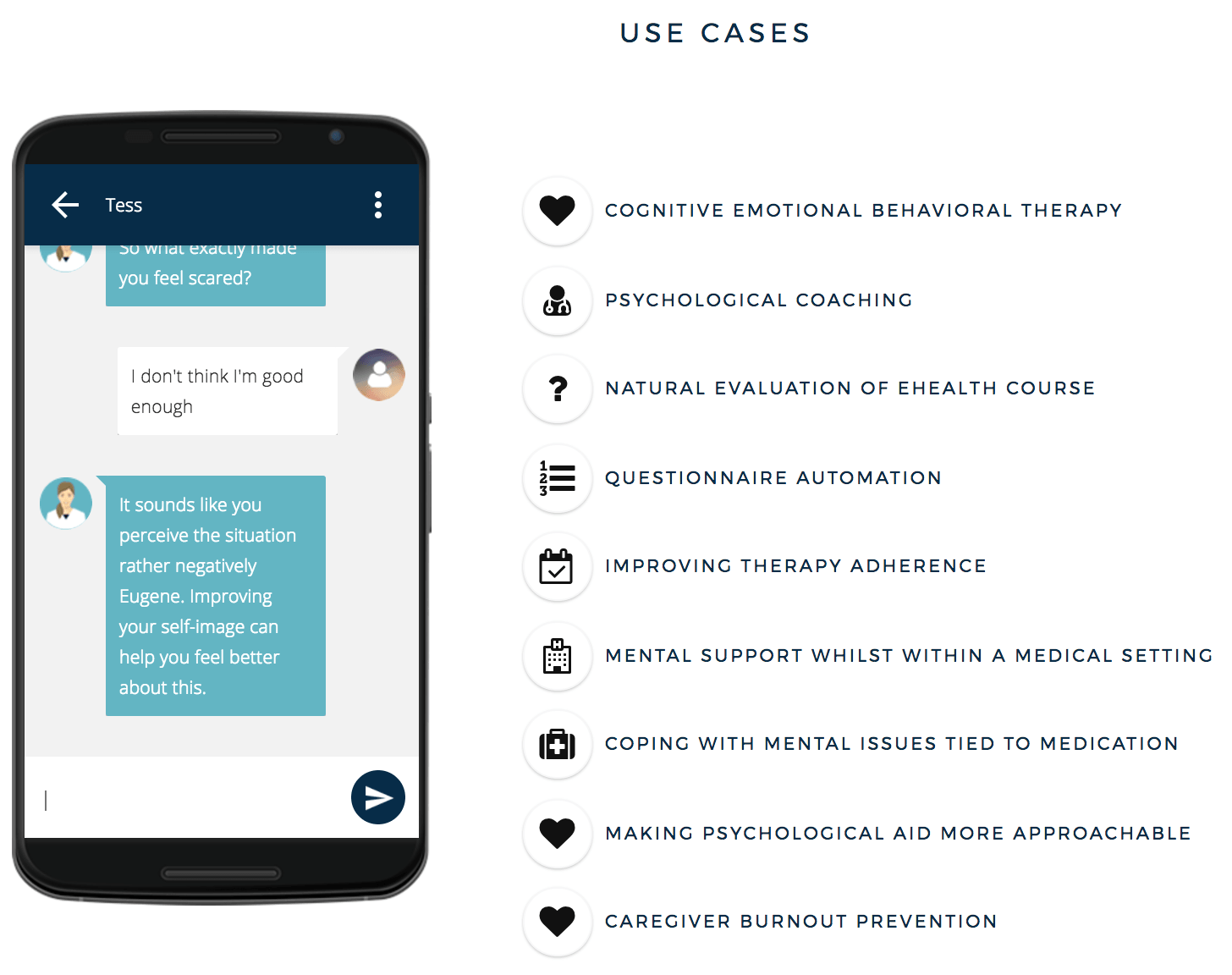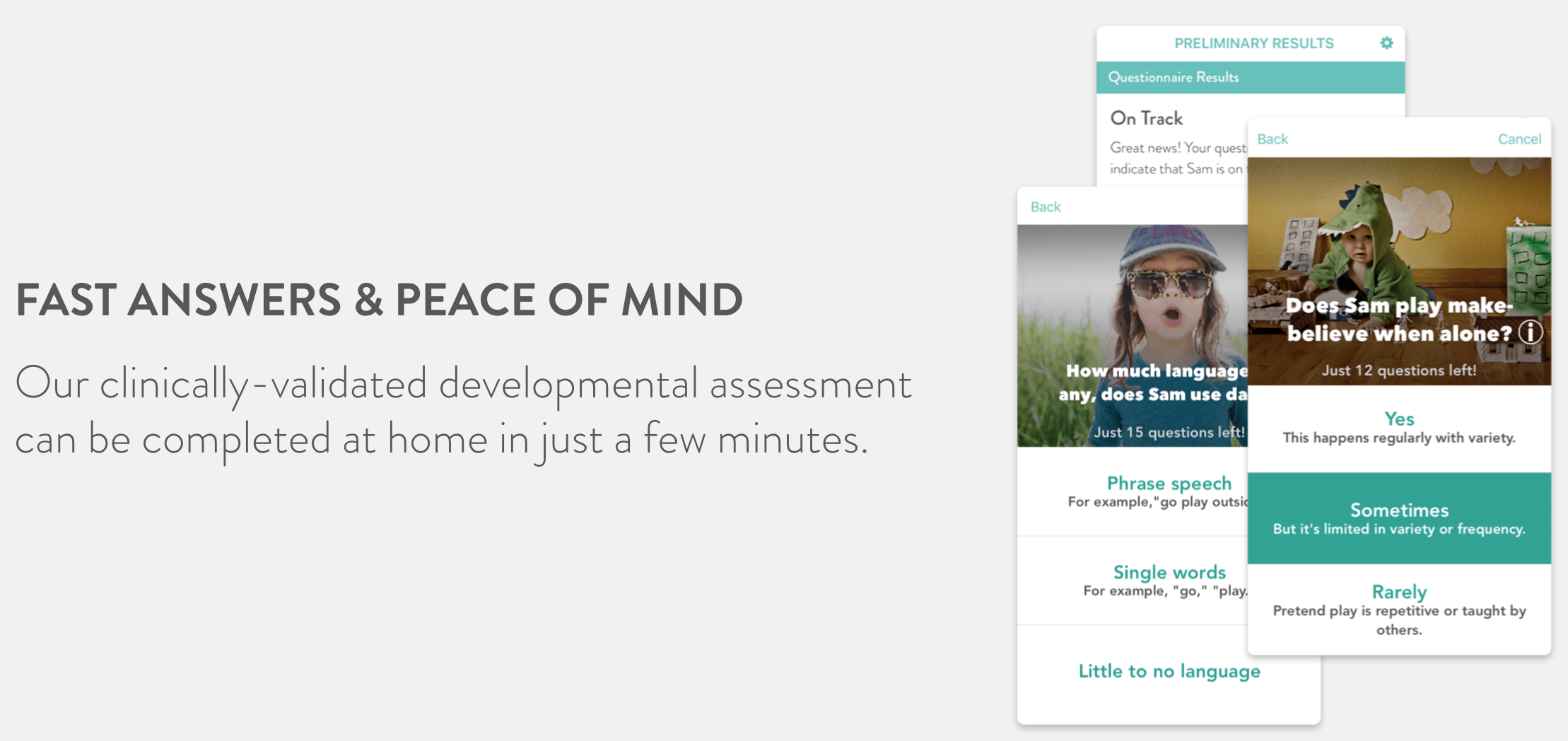
The impact of AI on business and the role it may play in improving efficiency of operations and driving revenue is a main focus of the research conducted at Emerj. However, there are also a growing number of altruistic applications of AI that are being leveraged today.
The ability to identify effective and sustainable solutions for some of the world’s greatest challenges such as health, education and the environment present opportunities for profit but also for positive impact on humanity.
This article will explore some altruistic applications of AI by nonprofits and companies in three major sectors:
- Education: Addressing challenges facing the U.S. education system (Note, for more use-cases of AI in the classroom, see our full article titled “Examples of Artificial Intelligence in Education“.)
- The Environment: Finding solutions to reducing pollution rates.
- Mental and Physical Health: Improving access to mental health services, diagnostics for preventable diseases and tools for behavior change.
We’ll conclude with some of the future implications of altruistic AI applications discussed in these three sectors.
(Note: Some of the applications in this article are non-profit, other are for-profit. Our aim was to cover AI use cases not commonly covered in our industry verticals, use cases commonly neglected because of a small market size or a more public “good”, rather than a result that could provide a tangible “ROI” for companies.)
Education
Out of 71 countries, the United States education system ranks just 38th in math and 24th in science. Lack of funding is a topic of debate in many public school districts across the country. However, the National Center for Education Statistics reports that U.S. primary and secondary education expenditures totaled $634 billion or $12,509 per public school student during the 2015-2016 school year.
While the country grapples with finding ways to address these challenges, AI technologists and nonprofits are proposing potential solutions in the education space. Adaptive learning is one approach that has emerged and is defined as an education technology that continuously adapts content in response to student needs and performance.
Knewton, an adaptive learning platform offering free and open source tools leverages machine learning to personalize content to each user to improve academic outcomes. For example, the company claims that in preparation for the South Carolina state assessment a group of 7th grade users experienced a 93 percent increase in proficiency. As of August 2015, Knewton claimed that it had serviced 10 million students on 6 continents.
In a U.S. Department of Education study, results showed that 76 percent of eighth grade students lacked proficiency in writing. Quill was developed in response to these statistics and provides free online grammar tools targeted at low-income students.
Quill’s fragment-detection algorithm combines machine learning and natural language processing.The company’s mission is to help 30 million low-income K-12 students in the U.S. become stronger writers in the U.S.
The Environment
Air Pollution
The World Health Organization (WHO) estimates that approximately 7 million global deaths have been attributable to air pollution. One 2015 study by California-based climate organization Berkeley Earth estimates that in China alone 1.6 million deaths were caused by air pollution.
In an effort to better predict air pollution levels and improve air quality, IBM established Green Horizons initiative in 2014. The system has been implemented in China and combines AI and IoT to churn out predictive analytics based on data collected from connected sensors installed throughout Beijing.
Pollution data sources include traffic levels, humidity and general weather patterns. To date, the system has reportedly produced accurate high resolution pollution forecasts 72 hours in advance. As a result, China’s capital gains more time to plan and prepare its citizens accordingly. The initiative aims to achieve a 25 percent reduction in particulate matter.
Agriculture
A 2016 study conducted by the USDA reports that 41.2 million Americans currently reside in “food insecure” households. The USDA defines a home as food insecure when residents are not able to obtain the food necessary to meet their needs due to financial challenges or a lack of access. The study reveals that 15.6 million households in the U.S. were food insecure throughout the year.
In an effort to address nationwide food safety concerns, a team at the Sustainability and Artificial Intelligence Lab at Stanford University has instituted an AI program that uses machine learning to predict crop yield. The project uses existing and publicly transmitted remote sensing data to estimate the amounts of crops that will be produced several months prior to the harvest season. The goal is to provide planters with information that will allow them to make more thorough planting and food reservation decisions.
The Stanford team tested soybean yield across U.S. counties from 2012-2015. The team claims that their system outperformed other methods in the accuracy of its prediction for crop harvest.
Health
Mental Health
Recent mass homicide tragedies across the nation have brought increasing attention to the subject of mental health. The National Alliance on Mental Illness (NAMI) reports that the economic impact of mental illness is estimated at $193.2 billion in lost earnings annually. Gaps between diagnosis and treatment are also a challenge with approximately 60 percent of individuals not receiving mental health services.
Aiming to make mental health services more accessible, X2AI’s Tess is a chatbot that doesn’t require an app and is accessible through multiple platforms to provide personalized psychotherapy support. Tess can hold conversations with patients, offer mental health education and provide health-related reminders.
The company claims that Tess can increase the capacity of mental health professionals from servicing 5 to 50 patients a day.

Similarly, the Woebot is a chatbot accessible through the Facebook Messenger developed based on research by scientists at Stanford University. Results from the study showed that Woebot reportedly led to reduced instances of “anxiety and depression among people aged 18-28 years old.” Woebot was accessed by 85 percent of study participants either daily or almost daily.
An estimated 40 million Americans, 18 years and older, suffer from depression. The CDC reports that the economic burden of depression is approximately 200 million lost workdays, or up to $44 billion in costs to employers – creating a genuine economic value for improving well-being. We can hope that between the business opportunity and the opportunity to do real good, organizations will make tangible progress on improving mental health, and better detecting or preventing serious illness.
Diagnostics
Malaria is one of world’s leading and preventable infectious diseases, with 90 percent of cases occurring in Africa. In 2015, an estimated 214 million cases of malaria resulted in 438,000 deaths, with nearly 70 percent of them occurring in children under the age of five.
London-based company xRapid offers an automated diagnosis tool using a blood smear that is reported to deliver results in 30 seconds with 98 percent accuracy. The app, delivered through the iPhone, is designed to provide results faster and more inexpensively than started tests on the market.
Speed, affordability and accuracy have historically been barriers to wide dissemination of rapid diagnostic tests for malaria. Standard kits typically require 2 to 15 minutes to obtain results. To date, the company has published on its website that 17,750 tests have been sold in 12 countries.
Similarly, another preventable disease is cervical cancer, which is the 4th leading cancer affecting women across the globe. Annual fatalities have nearly reached 300,000 are rates are expected to 443,000 by 2030.
One nonprofit addressing the global impact of cervical cancer is Pink Ribbon, Red Ribbon, a nonprofit and independent affiliate of the George W. Bush Institute. In collaboration with medical device company MobileODT and Global Good efforts are reportedly underway to integrate machine learning into a cervical cancer diagnostic app called Eva Scope. Field trials were anticipated to begin in Ethiopia in early 2017.
The Eva Scope works through Android smartphones and an optical accessory is attached which works like a camera to capture images of a woman’s cervix. Captured images are analyzed by the screener, presented to the patient and the resulting data is stored in the cloud. Pink Ribbon, Red Ribbon estimates that only 5 percent of women in Africa have had the opportunity to be screened due to lack of affordable and accessible screening tools.

We should suspect to see more and more AI diagnostic tools make their way to the non-profit world. Our most recent research of healthcare AI vendors suggests that “diagnostic software” is among the most popular product offering from healthcare companies, with many such companies relying directly on machine vision (for detecting cancer, finding cracks in bones, predicting different medical ailments, and more).
As these for-profit companies proliferate, the technologies that they use (sensors, machine vision algorithms) will become increasingly easy to use and available for non-profit organizations, too. This might be most helpful in remote locations where relevant medical equipment and expertise is rare, and diseases and illness often go untreated or undetected altogether.
Crime
A 2015 study conducted by the Federal Bureau of Investigation (FBI) reports that only 61 percent of murders were cleared by arrests or exceptional means. The FBI’s research also concludes that other violent crimes such as rape and aggravated assault were only cleared by 37 percent and 54 percent respectively.
In response to the national discrepancy between crimes committed and clearances, The Murder Accountability Project (MAP) has developed an online serial-detection algorithm. Established in 2015, this serial-detection system is designed to identify areas with significantly low clearance rates through the recognition of the homicidal patterns of individual serial killers.
MAP users can access a search engine allowing them to identify possible serial killers within a given radius. MAP’s chairman, Thomas K. Hargrove claims that the system has successfully identified serial killers known serial killers well as those who had not been previously recognized by police.
Behavior Change
Autism
It is estimated that 1 in every 68 births will result in an autism diagnosis and the lifetime costs of care can total as much as $2.4 million for a single individual. The complexity of autism still leaves many questions unanswered but advances in technology are attempting to provide new ways to reach and impact individuals living with this condition.
The Brain Power Autism System (BPAS) is using AI to equip children and adults with the ability to “teach themselves practical life skills” and to track their progress numerically. Integrating smartglass technology and apps the system focuses on 4 challenges:
- Social interactions
- Language development
- Behavior control
- Category formation
The Brain Power Autism System (BPAS) is designed to process behavioral and performance data and associated bodily signals. For example, users earn points for correctly guessing someone’s emotions. More awards can be earned for looking at the face of individual while talking to them. AI is used to learn a user’s performance patterns and help them improve the quality of their interactions with others overtime.
Cognoa is a company which offers a clinically-validated assessment that helps parents track the developmental progress of their children. Powered by machine learning algorithms, the screening tool incorporates “therapeutics for speech, socialization and sleep.”
Designed to provide parents with development tracking tools for children ages 1 to 8, the system also help parents identify a medical professional if recommendations for additional clinical support are provided.

A similar suite of tools is available to clinicians to help screen their patients for developmental delays and autism. Cognoa claims its system was “validated using data from over 10,000 children” and is built on five years of research at Harvard and Stanford medical schools.
Cognoa seems to be marketing to “whales” and not “minnows” by using their homepage to promote this app as an “extra benefit” that companies can give their employees, rather than a free app to be download in the app store. While it’s clear that both strategies are in use (the app is available in iTunes for anyone to find and use), selling to business accounts seems to be Cognoa’s present strategy.
What’s the benefit to the client companies? At present, Cognoa seems to be marketing the app as a way to improve employee wellbeing (for employees who are parents of young children), and preventing absenteeism. On the homepage the company states: “Child development is a major concern for parents and a source of stress, distraction, and absenteeism among employees.”
Conclusing Thoughts on AI for Good
Altruistic applications of AI are emerging in multiple sectors including education, health, law and the environment. The United Nations has projected that AI will play an important role in helping to reach the agencies’ Sustainable Development Goals (SDGs) . The 2030 goals are comprised of 17 critical areas of importance for humanity and the planet.
“As the UN specialized agency for information and communication technologies, ITU is well placed to guide AI innovation towards the achievement of the UN Sustainable Development Goals. We are providing a neutral platform for international dialogue aimed at building a common understanding of the capabilities of emerging AI technologies.” –Houlin Zhao, Secretary General of International Telecommunication Union (ITU)
These UN priorities offer some perspective on global areas of interest when it comes to initiatives for social good. We expect that businesses may lean towards developing applications with higher profit potential such as diagnostics. In contrast, non-profits will most likely pursue solutions that may be less lucrative such as education applications for high-need students.
As data becomes more widely available for the development of new altruistic AI applications, data quality in conjunction with policies that promote data security will be important considerations. This is particularly relevant for open source applications where multiple data sources are pooled together.
Education and training in developing AI methods should be prioritized to ensure quality implementation of AI approaches to addressing social and environmental challenges.
The International Telecommunications Union has compiled examples of AI applications for sustainable development which may be of interest to readers wishing to further explore this topic.
Header image credit: Oxford University







